






Revealing
Explore



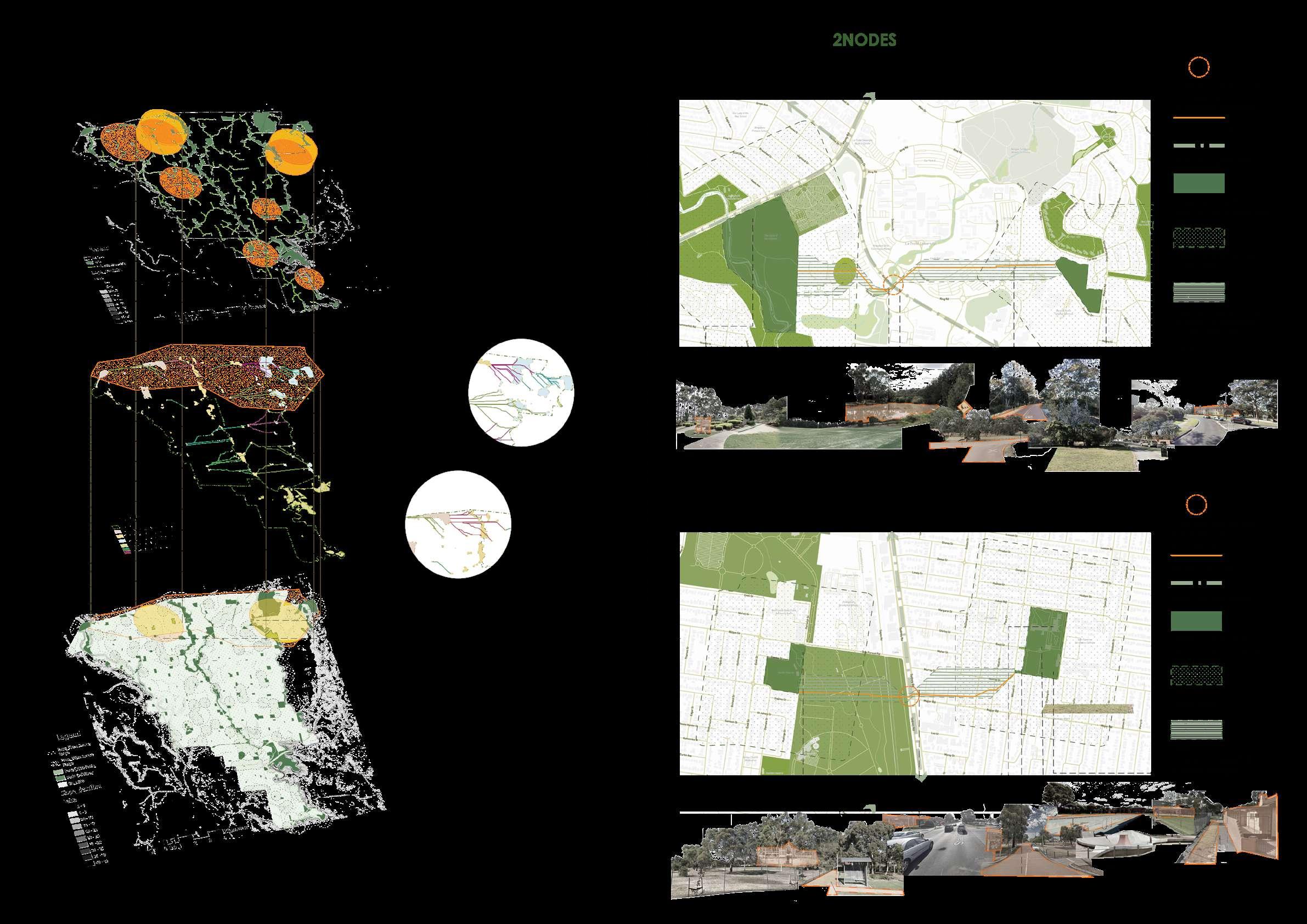



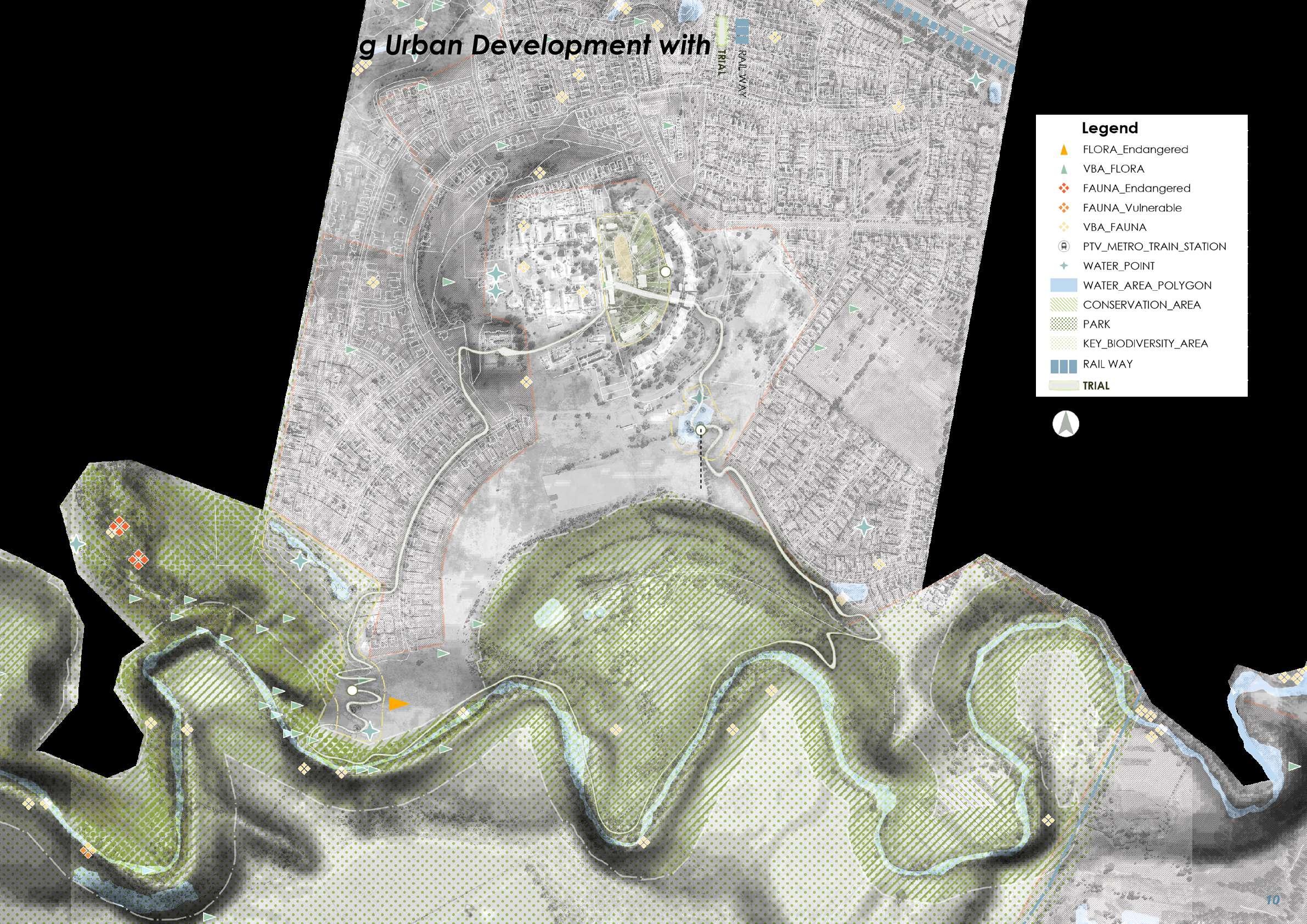










Interdisciplinary project
Location: Melbourne, Australia
Academic time Feb, 2025
Group Work : Involved in the entire analysis and recommendations development process.
Statement
Sustainable Density is the approach of increasing housing density while prioritizing climate resilience and biodiversity. In many cases, densification is seen as a necessary tradeoff against urban sprawl, despite its environmental challenges. However, this does not have to be the case.
By integrating the Climate Resilience Index , dense activity centers can be designed with sustainability at the forefront, ensuring a balance between urban growth and ecological integrity. This approach benefits people, the planet, and Country, creating cities that are more livable, resilient, and environmentally responsible.

1





Example: Relocating Infrastructure





Site
Enhancing the site’s ecological connectivity helps link the three surrounding corridors, thereby improving the overall biodiversity score of the area and ultimately having a positive impact on the Climate Resilience Index (CRI).



Infrastructure should be designed or adapted to support climate resilience and biodiversity
1



Future activity centres have the opportunity to incorporate holistic street design from the beginning, with integrated partnerships and knowledge sharing between different stakeholders to avoid future complications.
Existing Condition

CRI Unpacked: Environment and Biodiversity
Analyze tree canopy cover, blue-green space ratio, and ecological connectivity.




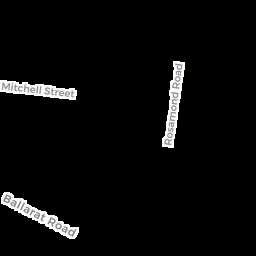

Adjust infrastructure locations where they inhibit tree canopy cover target

CRI_Environment & Biodiversity Main Graphics




Climate Resilience Index by Tract Consulting. Source: Tract Consulting (n.d.). Retrieved from https://tract.com.au/climate-resilience-index/












Relevant Documents







The Melbourne Biodiversity Network (MBN) project connects green spaces across the city to support wildlife, improve biodiversity, and make urban areas more sustainable.





The Maribyrnong Urban Forest Strategy ranks trees based on canopy quality, including shade, coverage, and health benefits. We selected the top three trees for a diverse

The Maribyrnong Street Tree Planting Strategy prioritizes streets with the fewest trees (A-grade) for maximum impact. We recommend A-grade trees for the site's planting schedule.





The Naturestrip Landscape Policy and Guidelines provide understory species recommendations. We selected pollinator plants to enhance biodiversity connectivity.

Problem Analysis
Currently street infrastructure is acting as a barrier to achieving climate resilience goals
Trees canopy trimming on streets
Trees growth conflict with power lines
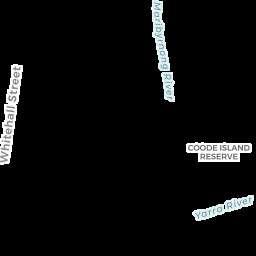



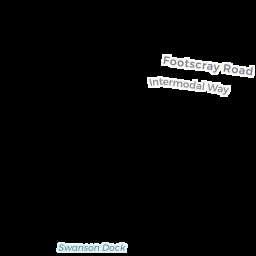






Proposed Typology

Even


Problem Analysis
The



































Seddon has a higher tree density than Tottenham and therefore a higher biodiversity score. Higher canopy cover can support local biodiversity, whereas lower tree densities




























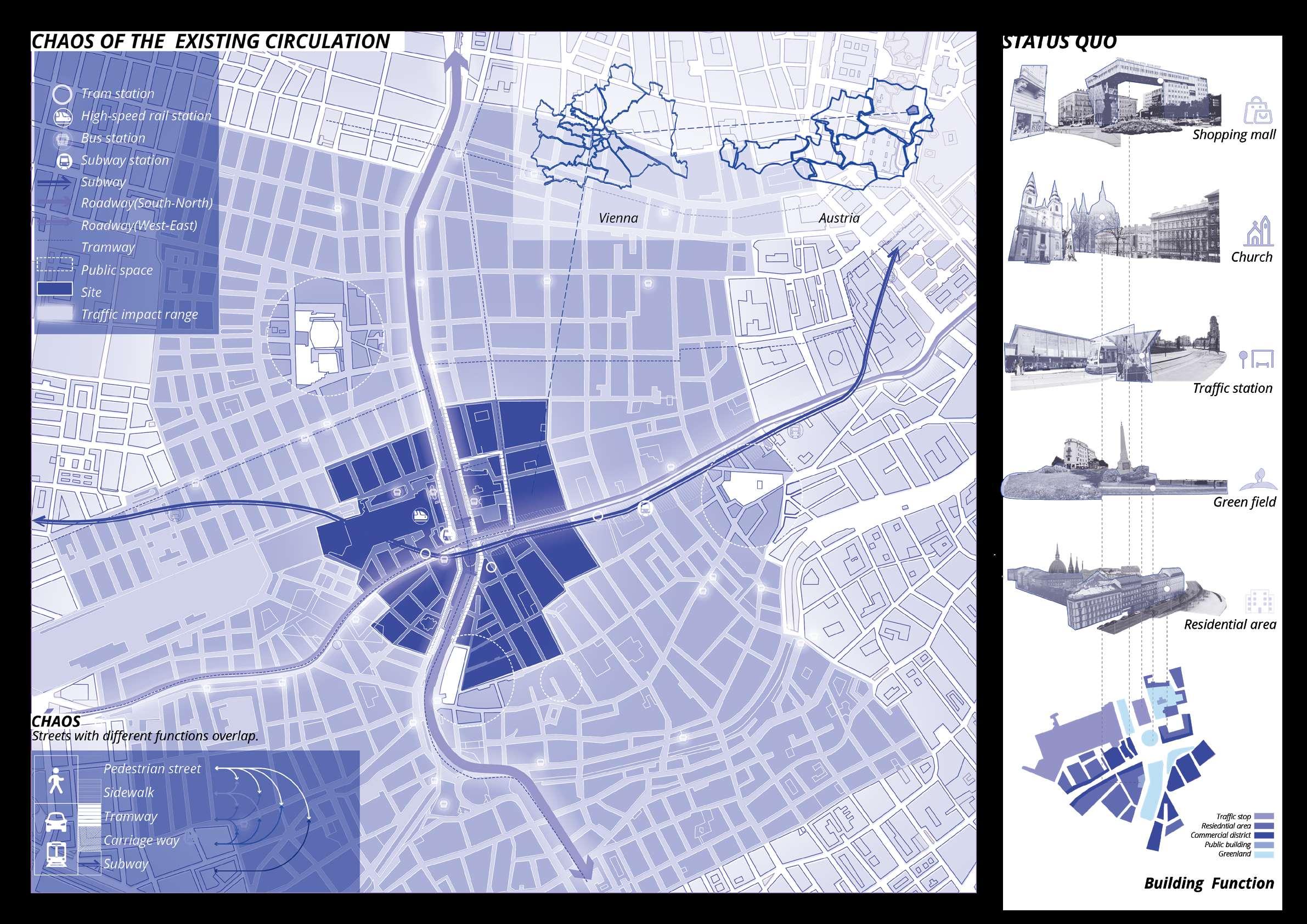




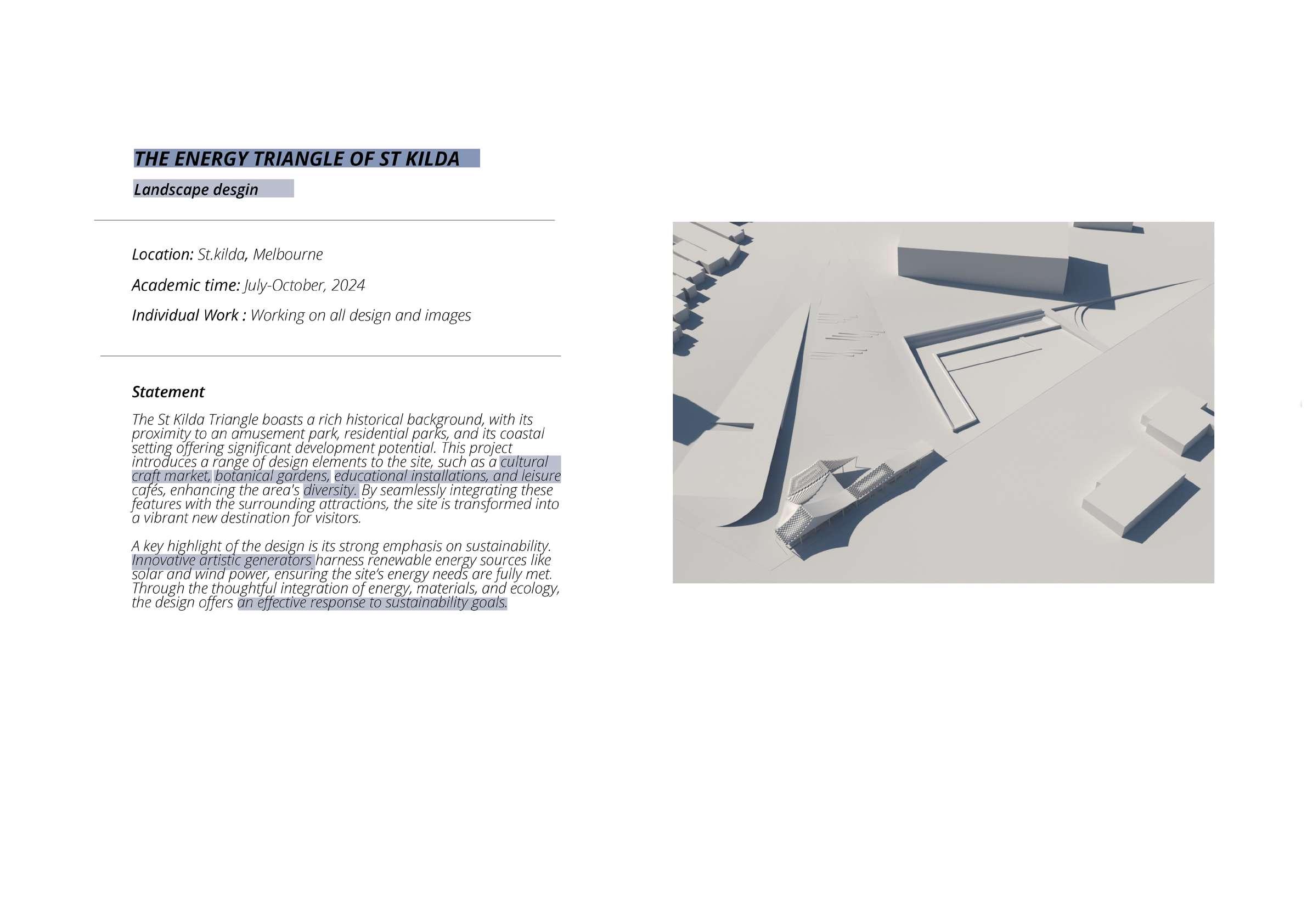
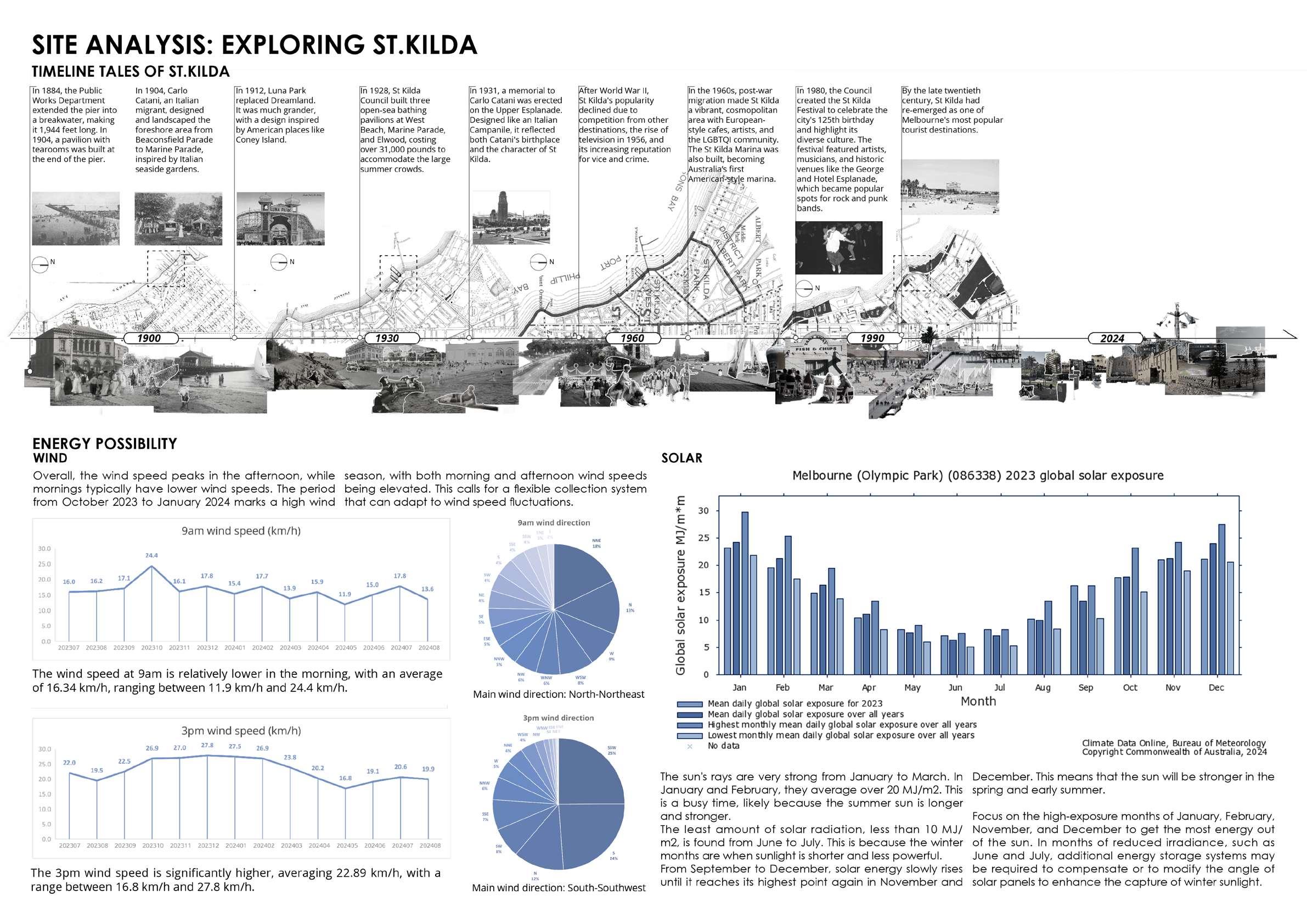


















Project Name: From Pollution to Park
Introduce: The disused oil tank plants near HuangPu river, Shanghai, have been polluting the environment for a long time. Moreover, the dilapidated and homogeneous cluster of oil tanks have also affected the riverside scenery. Through soil treatment, sewage treatment and waste oil tank renewal design to create ecological, commemorative and recreational functions of the oil tank park.





